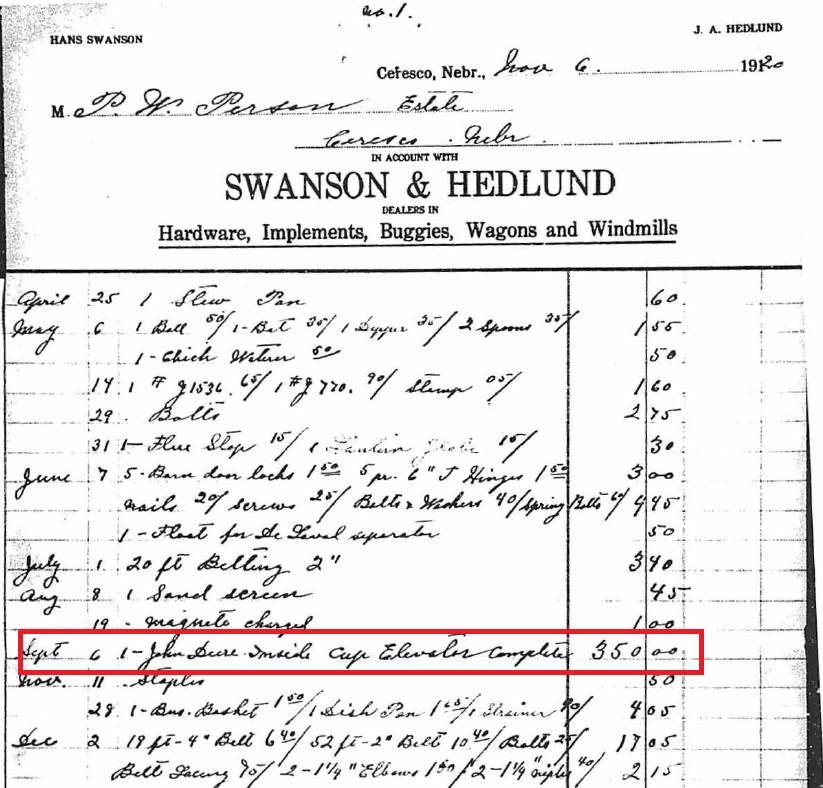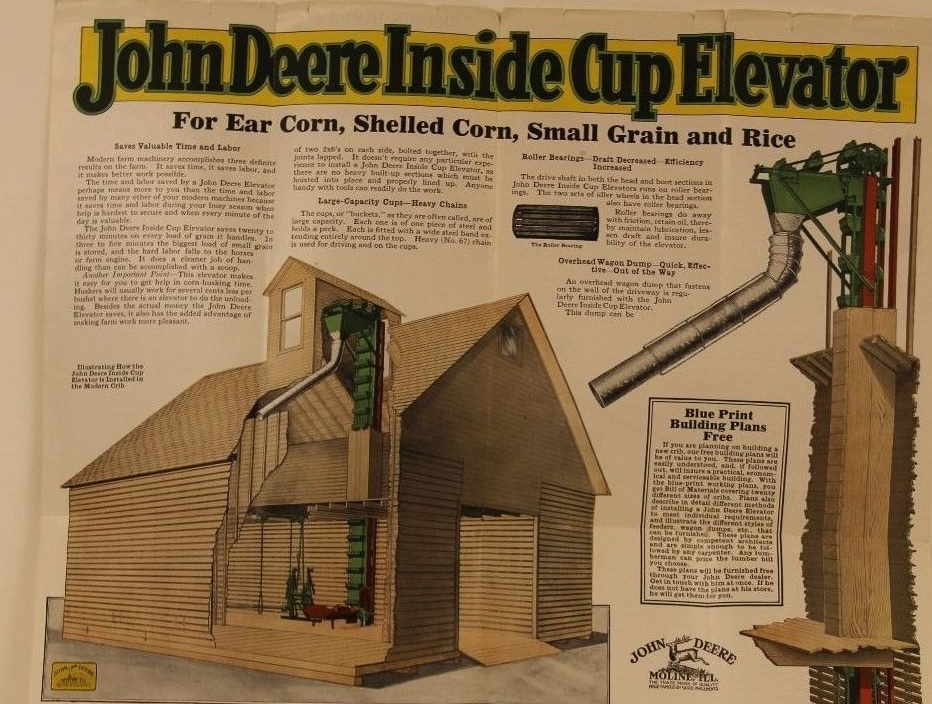The probate file for P.W. Pearson is 27 pages long. The first page is his will, signed on February 2, 1920. The next two pages consist of the Petition for Probate, which Clara filed on September 15, 1920 – about three months after Will’s death.
Next comes a one-page document dated October 29, 1920 in which Clara elects to receive Will’s estate under the terms of State Statute instead of his will. I suspect that Clara had probably met with an attorney sometime in the fall of 1920, and he pointed out to her that if Will had died “intestate” (without a will), then Nebraska State Statutes would entitle her to inherit a certain portion of Will’s estate without any obligation to pay inheritance taxes. In other words, the terms of his Last Will and Testament were not as favorable as state statutes would have allowed.
So basically, Clara petitioned to have the will thrown out, and her petition was granted.
I’m sure that back in February of that year, writing up a will seemed like the responsible thing to do. Turns out it wasn’t, but apparently no harm was done other than Clara incurring some additional legal fees in order to extricate herself from the will.

A few days later, we find that several creditors have created statements on accounts owed to them by Will and Clara. Whether Clara asked to have these prepared or whether the creditors were responding to public notices I do not know.
First is a November 3, 1920 statement from Nye Schneider Fowler Company of Ceresco. The file contains only pages 2 and 3 of her account ledger with page 1 missing. The two pages cover the period of time from August 28, 1919 until July 14, 1920. During the early part of this period, Will is purchasing all kinds of building supplies: siding, shingles, sewer pipe, nails, lumber, etc. In October, he returns a portion of what was previously purchased – presumably these are the unused portions of the materials he had purchased earlier. In total, his net purchases were around $1000. He (or more likely, Clara) paid off a portion of this debt in April and May of 1920. By the time Will died, their account stood at $536.98 owed.
A similar statement was obtained from Swanson & Hedlund of Ceresco. This covers roughly the same period – April 1919 through October 1920. At the same time they were purchasing all the building materials from Nye Schneider, they were also buying some interesting supplies from Swanson & Hedlund: a chick waterer, barn door locks and hinges, and various bolts and nails. I guess I would have to assume that the building project was a barn or shed.
Most interesting of all is $350 spent on September 6, 1919 to buy a “John Deere Inside Cup Elevator, Complete”.
I found a brochure for this thing on eBay. It was apparently a type of lift that you installed inside your barn to raise grain-type products to the top floor:
Nebraska cousins, I would love to know if the barn and the “cup elevator” are still in existence today!
I can make one of two conclusions from this:
- That in the summer and fall of 1919, Will was encouraged by his cancer treatments and optimistic about his chances for survival and was continuing to make improvements to the farm.
- Or, sensing things might not turn out well, he was making sure that he was leaving behind a viable farm operation so that his family could continue without him.
I wonder which was true? Or maybe it seemed like the smart thing to do either way?
Will and Clara were unable to make good on any part of the account at Swanson & Hedlund, either before or after Will’s death. By November of 1920, Clara owed them $563.60.
Next time, more of the bills that were piling up…



